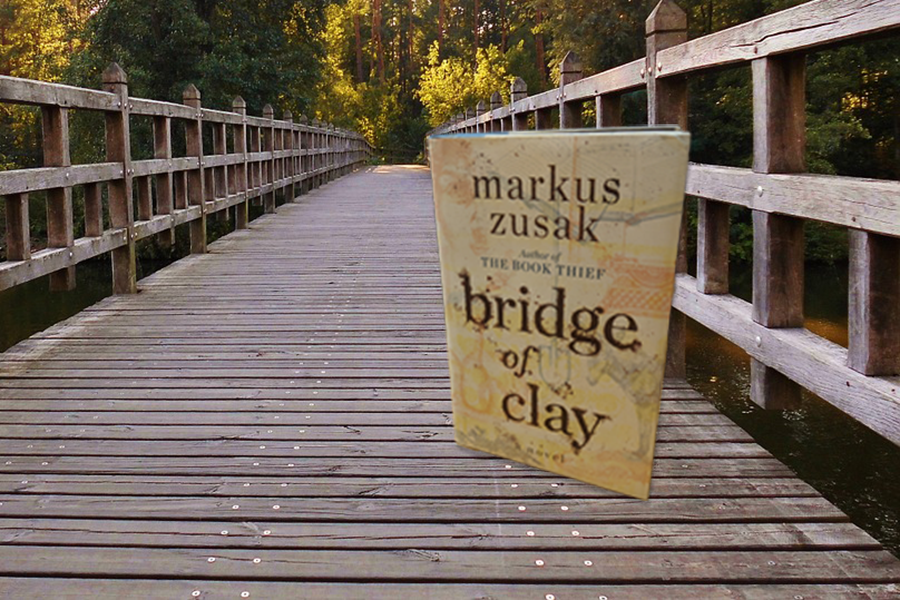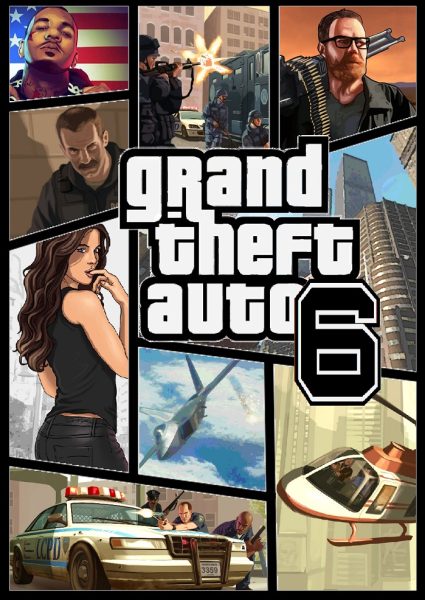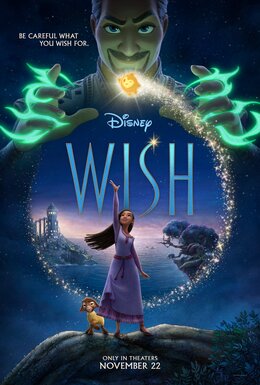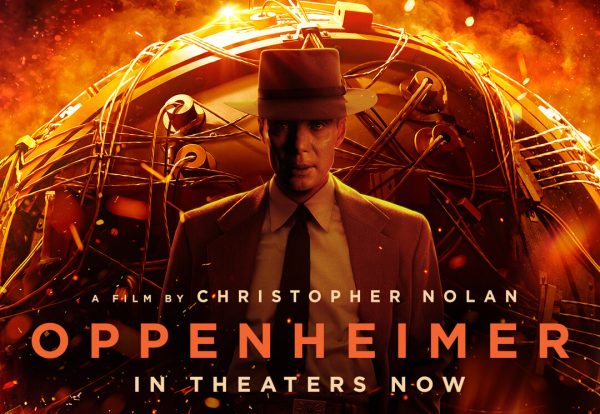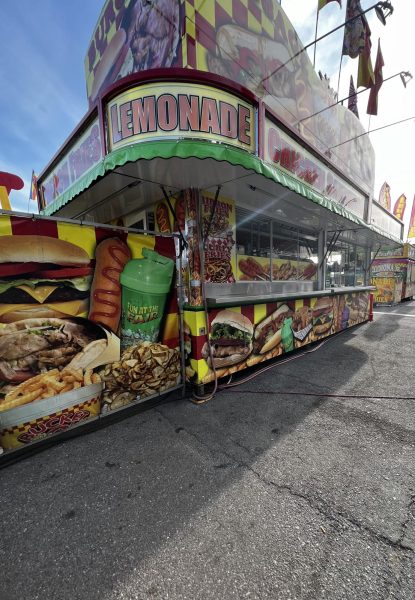Markus Zusak’s “Bridge of Clay” approaches loss in a masterful blend of past and present
graphic by Spencer Derrenberger
Bridge of Clay review
December 5, 2018
Five brothers. One Murderer. One mother. One lover. One girl. An odd assortment of animals, including but not limited to a mule residing in the kitchen.
From the first chapter, Markus Zusak’s book Bridge of Clay is a rich tapestry of characters and history, backstories and modern day conflict. It is a story of people’s lives and how they connect–more specifically, the way they connect through one of the troubled five brothers: Clay Dunbar.
The Dunbar boys have been living without a parent for several years, headed instead by Matthew, the oldest, who is also the narrator. One day, a figure called “the Murderer” arrives at the Dunbar house to ask for help building a bridge. This figure is the father of the brothers, and Clay follows him to his home, where he begins to build.
While there is a physical bridge to be built, the novel focuses more on emotional bridges–from brother to brother, father to sons, girl to boy. Clay is at the center of it all, connecting everything. Though there would be no story without him, Bridge of Clay does not revolve around Clay only. Zusak makes sure every character has a turn in the spotlight eliciting a response from the reader.
The shining star of this story, of course, is classic Zusak imagery. Bridge of Clay is filled with phrases like “man in a burning suit,” “the light was aspirin-white,” and “city all swollen with sun.” These are the pieces of the novel that drew me in from the start and had me reminiscing over Zusak’s last novel, my favorite book of all time–The Book Thief.
Bridge of Clay definitely has aspects that resemble The Book Thief, such as these vivid metaphors so loved by Zusak fans, as well as connections in the Dunbar family to World War II, via the brothers’ mother’s birthplace in the Iron Curtain-era USSR.
My favorite similarity, however, is the personification of Death. In The Book Thief, Death manifested itself in the form of the narrator, and, while that is not the case in Bridge of Clay, Death does appear several times during the novel as an unseen character that lingers with the live souls soon to die. The idea of Death as a living, breathing character brings humanity to a topic that is often remarked upon with fear or anger.
If you are a fan of The Book Thief, do not expect to love Bridge of Clay immediately. Although I enjoyed Bridge of Clay, I do believe the text was harder to follow due to the constant manipulation of time; however, I also think the device is part of what makes this novel unique. Instead of being given a single, straightforward plot to follow, the reader must instead put together clues and details, and inferences, all of which culminate in a complete picture at the end of the novel–with a few loose ends.
My favorite character throughout this whole novel is Penny Dunbar, mother of the five Dunbar boys and wife of Michael Dunbar. Although Penny is not mentioned often in the present, her past unfolds in beautiful, tragic detail–for while there were many joys in her life, the overarching immigration tale is heart wrenching.
All in all, Bridge of Clay is a book I would highly recommend to readers of all ages. You may not end up liking it, but it’s hard to be sure until you try it–and once I picked it up, I couldn’t put it down. You can buy this book from Amazon for $18.97 or Barnes & Noble for $20.80.


